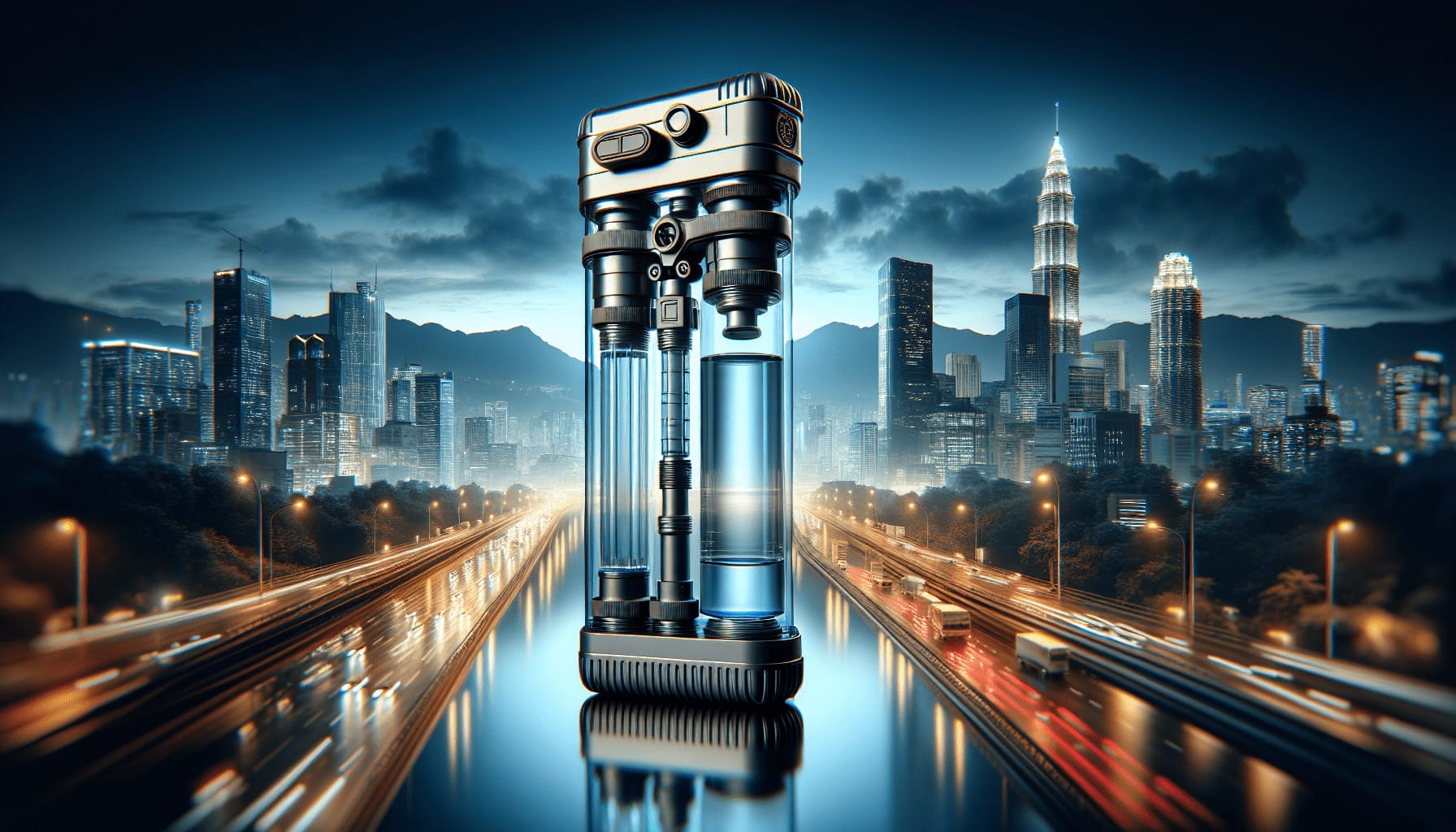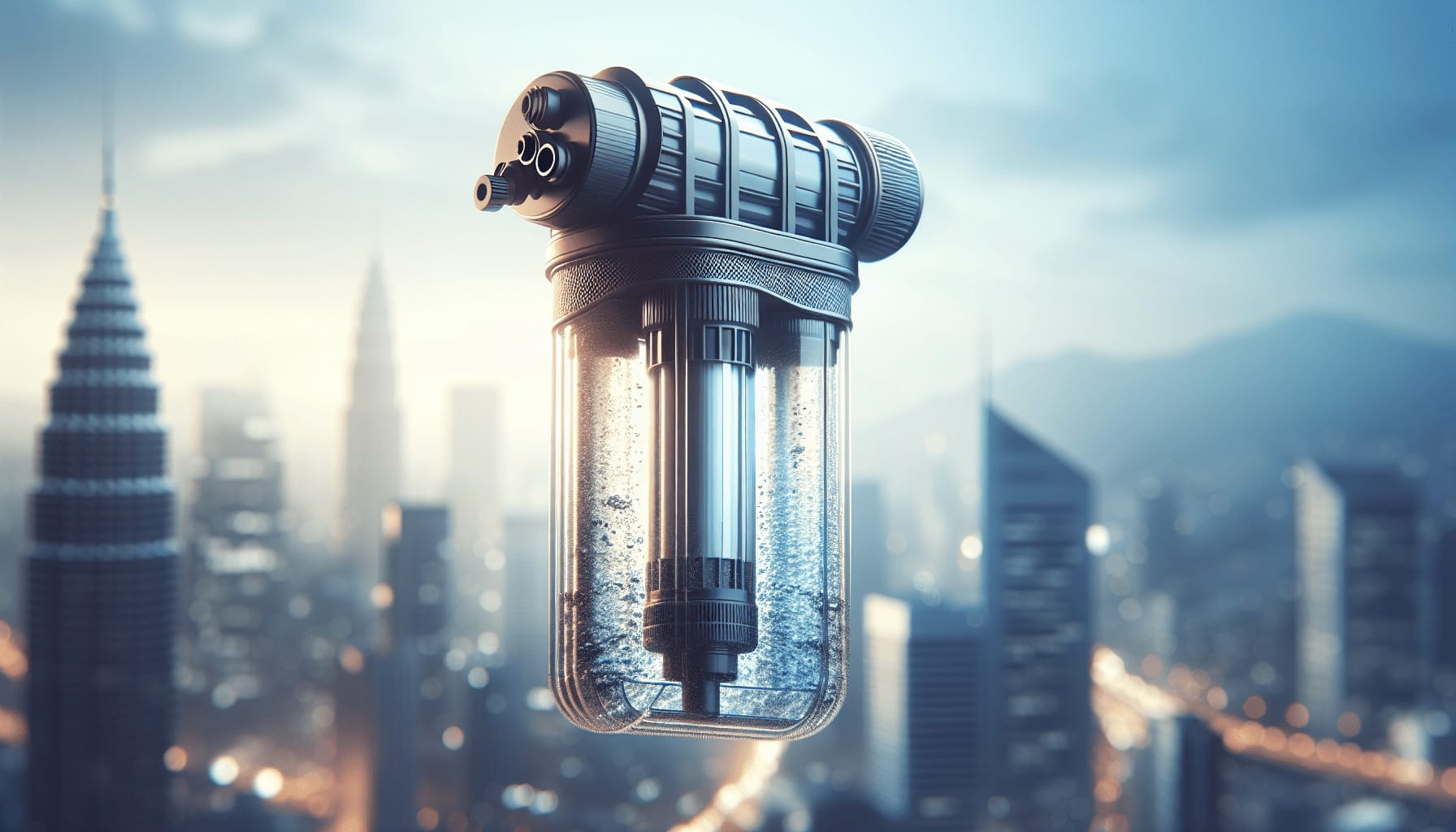Have you ever wondered how you would secure clean drinking water if you found yourself in an urban survival scenario? It’s a situation that can quickly turn dire, especially when surrounded by the concrete jungle. Ensuring access to safe and clean water is not just a priority; it’s a necessity for survival. While cities promise the allure of modernization, they can become traps, cutting off vital resources in times of crisis. So, how can you keep yourself hydrated and healthy when the city’s water supply becomes unreliable, or worse, contaminated?
In this guide, we’re going to explore five practical ways to secure clean drinking water in an urban survival scenario. Whether it’s through advanced filtration systems or simple purification techniques, understanding these methods is crucial for staying prepared and ensuring your well-being and that of your loved ones in uncertain times.
Understanding the Urban Water Challenge
Living in an urban area comes with its unique challenges, especially when it comes to accessing clean water during a crisis. Unlike rural environments where a natural water source might be nearby, cities rely on extensive infrastructure to provide water to millions of inhabitants. When systems fail, whether due to natural disasters, political turmoil, or infrastructural damage, the consequences can be immediate and severe.
It’s essential to understand the potential hazards and develop a plan to address them. Factors like water contamination, the breakdown of supply systems, and even the availability of emergency resources will impact your ability to secure clean water. By familiarizing yourself with these challenges, you’ll be better equipped to handle them when they arise.
Common Water Contaminants in Urban Areas
Urban areas are rife with potential water contaminants. From industrial spills to sewage overflows, the list of possible pollutants that can infiltrate your water supply is extensive. Common contaminants include:
- Chemicals: Industrial run-off can introduce toxic chemicals into water systems, posing significant health risks.
- Biological agents: Bacteria, viruses, and parasites can enter the water supply through sewage leaks or natural water sources.
- Heavy metals: Aging infrastructure may contribute to the presence of metals like lead and mercury in urban water supplies.
Understanding these contaminants is the first step in combating their effects and finding suitable solutions for safe, drinkable water.
Way 1: Filtration Systems
The first way to secure clean drinking water in an urban survival scenario is by using filtration systems. These systems are designed to remove impurities, making water safe and appealing to drink. They are available in various forms, from portable personal filters to larger systems that can serve entire families.
Types of Filtration Systems
To make an informed choice, it’s crucial to understand the different types of filtration systems available:
-
Activated Carbon Filters: These filters trap contaminants through adsorption, making them effective against chemicals and odors but less so against dissolved solids.
-
Ceramic Filters: Typically using a porous ceramic cartridge, these filters are excellent for removing bacteria and sediment but may need frequent cleaning.
-
Reverse Osmosis Systems: Utilizing a multi-stage filtration process, these are highly effective in removing a broad spectrum of impurities, including salts and heavy metals.
-
Ultraviolet (UV) Filters: Relying on UV light to kill microorganisms, these systems require a power source but do not remove chemical contaminants.
| Filter Type | Pros | Cons |
|---|---|---|
| Activated Carbon | Effective for chemicals and odors | Limited against dissolved solids |
| Ceramic | Removes bacteria and sediment | Requires frequent cleaning |
| Reverse Osmosis | Extensive range of impurity removal | More complex and expensive |
| Ultraviolet | Kills microorganisms reliably | Needs power source |
Choosing the Right Filter
Selecting the appropriate filter depends on your specific situation, the nature of contaminants present, and how much water you need to purify. In an urban setting, a combination of filtration systems might be necessary to address the full range of potential contaminants effectively.

Way 2: Boiling Water
Boiling is one of the oldest and most reliable methods to ensure water safety. It effectively kills pathogens, including bacteria and viruses, that could cause illness. This method is particularly valuable because it does not require advanced technology or complex setup, making it accessible in most scenarios.
How to Properly Boil Water
To ensure your water is safe to drink through boiling, follow these simple steps:
-
Collection: Carefully collect water from a source that is as clean as possible to begin with, removing large debris if present.
-
Heat: Bring the water to a rolling boil for at least one minute. If you’re at a higher elevation (above 5,000 feet), increase the boiling time to at least three minutes due to lower atmospheric pressure.
-
Cool and Store: Allow the boiled water to cool naturally before storing it in a clean, covered container.
While boiling is effective for biological contaminants, it does not remove chemical pollutants or improve water taste if they are present. Combining boiling with filtration can provide added peace of mind.
Way 3: Chemical Purification
Chemical purification involves treating water with substances that kill harmful microorganisms. This method is advantageous for its portability and ability to treat large batches of water quickly, making it suitable for emergency use.
Common Chemical Treatments
-
Iodine Tablets: Portable and easy to use, iodine is effective against various microorganisms. However, it may leave an aftertaste and is not recommended for long-term use.
-
Chlorine Bleach: Adding unscented household bleach can disinfect water, but it requires careful measurement (typically 2 drops per quart of water) to ensure safety.
-
Chlorine Dioxide Tablets: These tablets are effective at eliminating pathogens without leaving a strong taste, and they work across a wider range of water conditions.
| Chemical Treatment | Efficiency | Drawbacks |
|---|---|---|
| Iodine Tablets | Effective and portable | Aftertaste and limited long-term use |
| Chlorine Bleach | Quick disinfection | Requires precise dosage |
| Chlorine Dioxide Tablets | Broad spectrum action | Slight taste alteration |
Limitations of Chemical Treatments
These treatments are highly effective against biological contaminants but offer no solution for chemical pollutants like pesticides or heavy metals. For longer-term solutions or highly polluted environments, chemical treatments should be supplemented with other purification methods.

Way 4: Using Distillation
Distillation is a process that involves boiling water to produce steam, which is then condensed back into liquid form, leaving most contaminants behind. This is particularly effective for removing impurities like heavy metals, salts, and other dissolved solids that other methods might miss.
The Distillation Process
-
Heat: Heat water in a suitable container until it boils and begins to evaporate.
-
Capture Steam: Direct the steam into a separate container where it can condense back into water.
-
Collect Distillate: The resulting water is free from most contaminants that didn’t evaporate with the steam.
Distillation can be time-consuming and requires a significant amount of energy but is exceptionally useful in environments where chemical contamination is a concern and energy resources are available.
Way 5: Utilizing Natural Resources
Urban areas might not seem replete with natural resources, but creative thinking can reveal options like rainwater harvesting. Collecting rainwater provides a renewable source of water that, once filtered and purified, can be a crucial asset in dire circumstances.
Rainwater Harvesting
Setting up a system to capture and store rainwater can be straightforward:
- Collection: Use a large, clean container placed outside to catch rainwater from roofs or during downpours.
- Filtration and Storage: Filter the collected water to remove particulate matter and use one of the purification methods described earlier to ensure safety before storing it for later use.
Although rainwater generally requires treatment before consumption, it’s a sustainable solution that, combined with proper purification methods, can effectively support your water needs when conventional supplies falter.
Final Thoughts: Stay Prepared and Informed
While urban survival scenarios can pose significant challenges, being prepared and informed can make a world of difference. By understanding the potential risks and strategies available, you can secure clean drinking water for yourself and your loved ones. Prioritize having a versatile approach encompassing multiple methods, so you’re not reliant on any single source or technique.
Remember, staying prepared doesn’t just secure your physical health; it also provides peace of mind in the face of uncertainty. Keep these strategies in your survival toolkit, adapt them as necessary, and you’ll be ready to navigate whatever challenges come your way.
